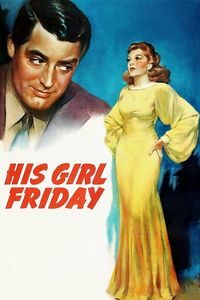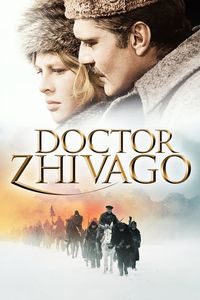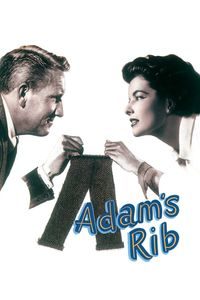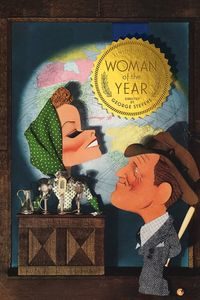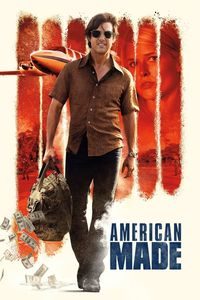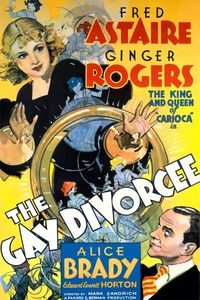Nanook of the North (1922)
(On Cable TV, June 2018) While Nanook of the North is not a Canadian movie per se (it was directed by an American, financed by Americans, etc.), it was one of the first movies to be shot in Canada, and in the Canadian Arctic no less! Presented as a documentary about the life of an Inuit hunter, we now know that Nanook contained substantial fabrication and is best perceived as a docudrama—the structure was predetermined, many of the events are staged, Nanook and his family were portrayed by unrelated Inuit peoples who did understand southern technology far better than their characters, etc. Still, there is a limit to the amount of fiction you can attribute to the film, and captivating sequences involving a seal being killed actually feature exactly what’s being pictured. At a nearly hundred-year distance, the footage captured by filmmaker Robert J. Flaherty is remarkable, and a glimpse, even fictionalized, in a lost period in Canadian history. The techniques documented here are real, the landscape is real and the people playing roles are real too—and to see everything packaged in a time capsule sent across a hundred years is remarkable. Historically, Nanook of the North is important—it’s recognized as the first feature-length documentary to incorporate elements of storytelling, and that certainly accounts for its enduring popularity. While the film does stink of western ethnocentrism (in portraying Nanook as being amazed and confounded at modern technology, for instance), it does portray its subject with a great deal of respect and perhaps even amazement at his hunting prowess. It remains a fascinating historical document, and an important part of film history.





